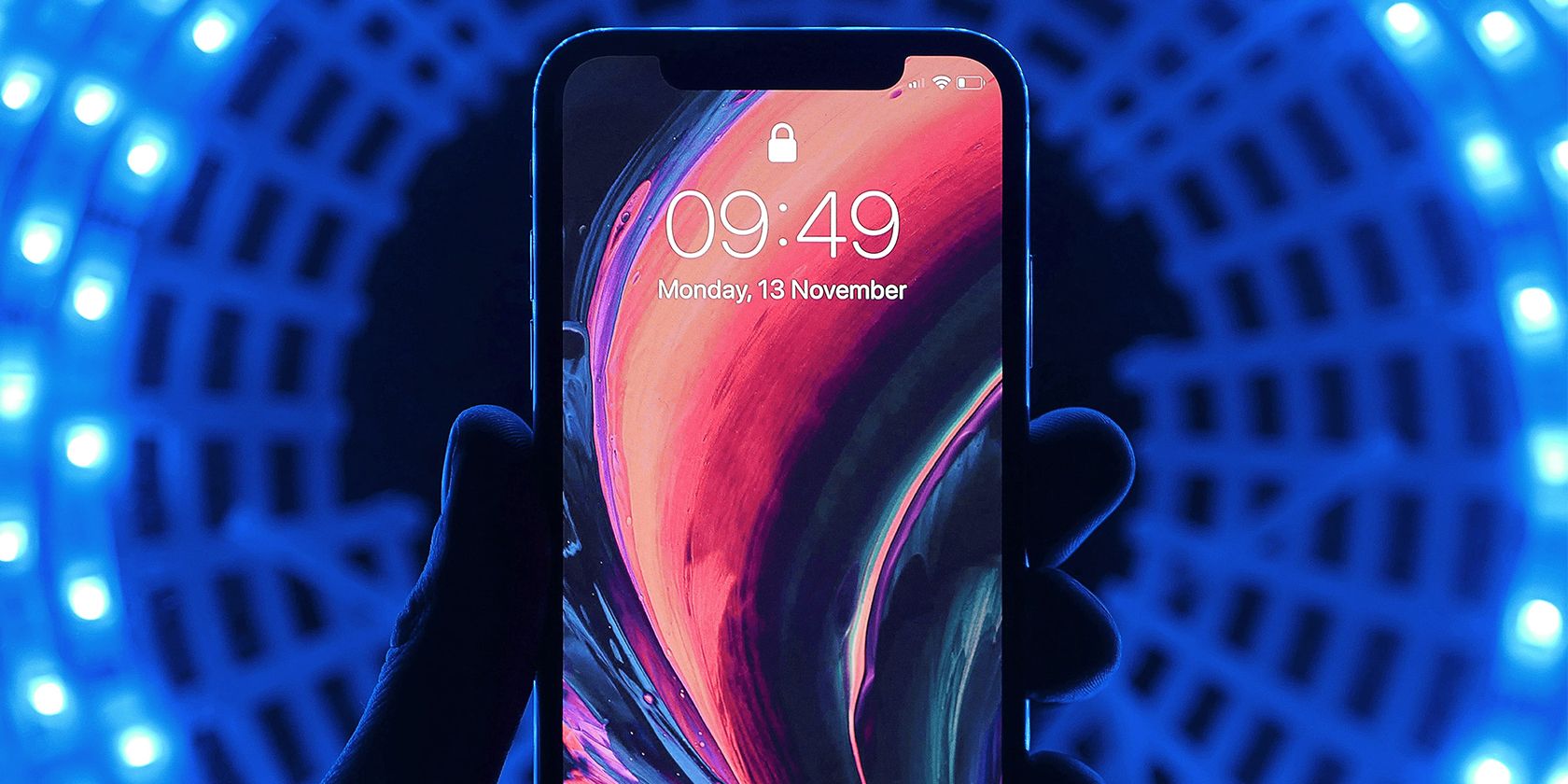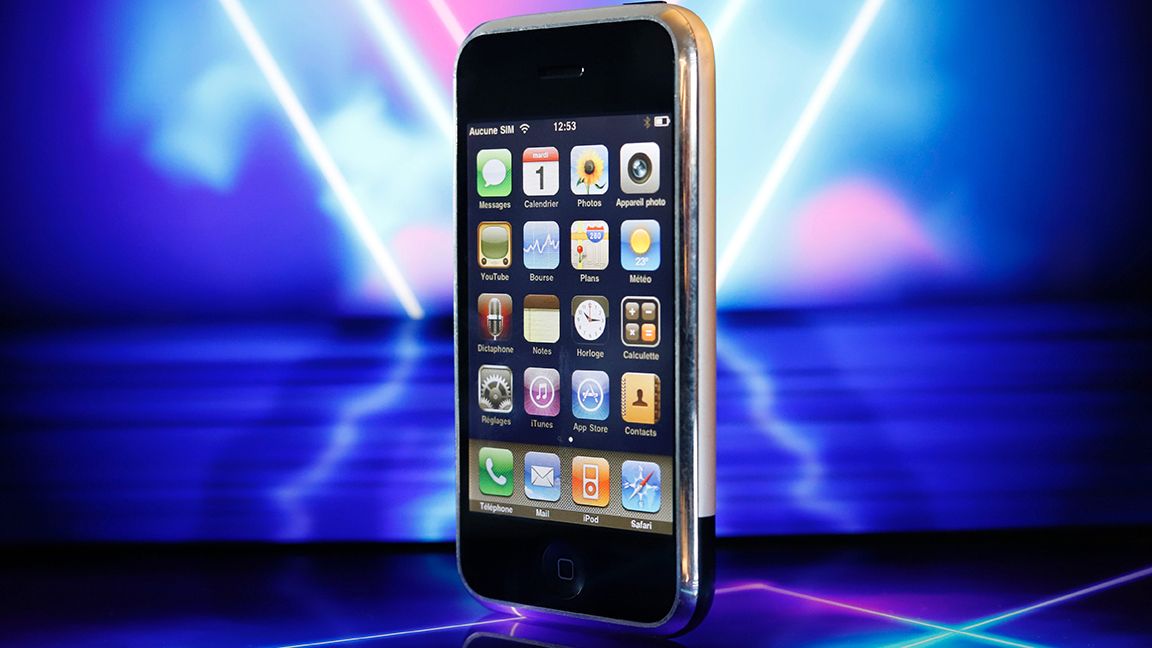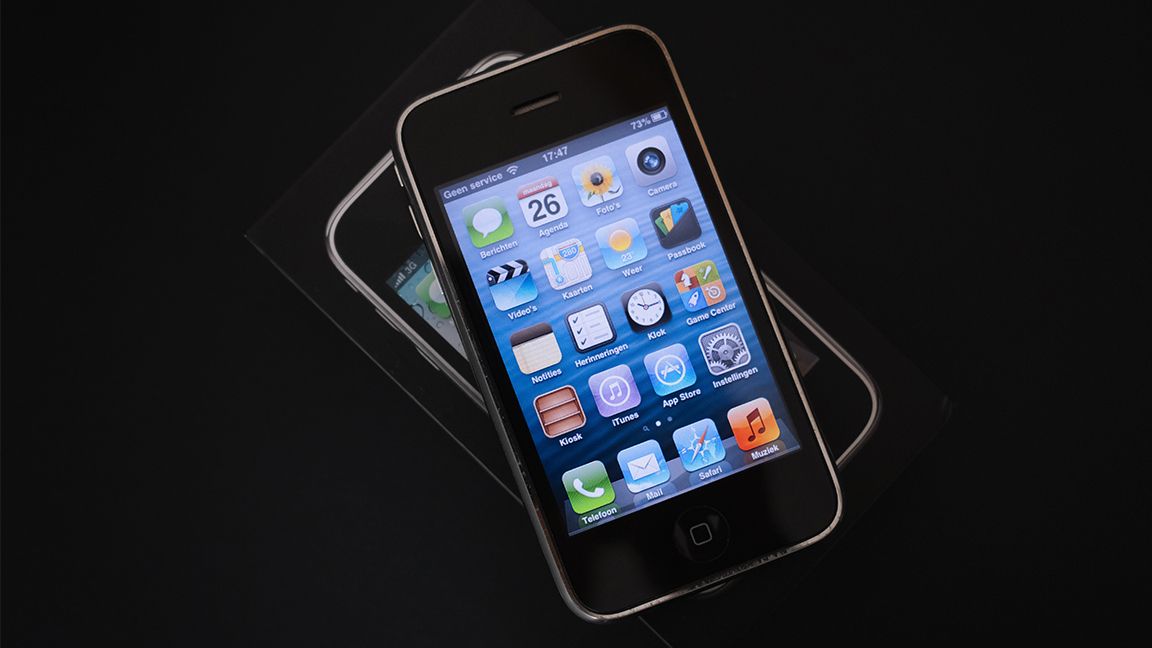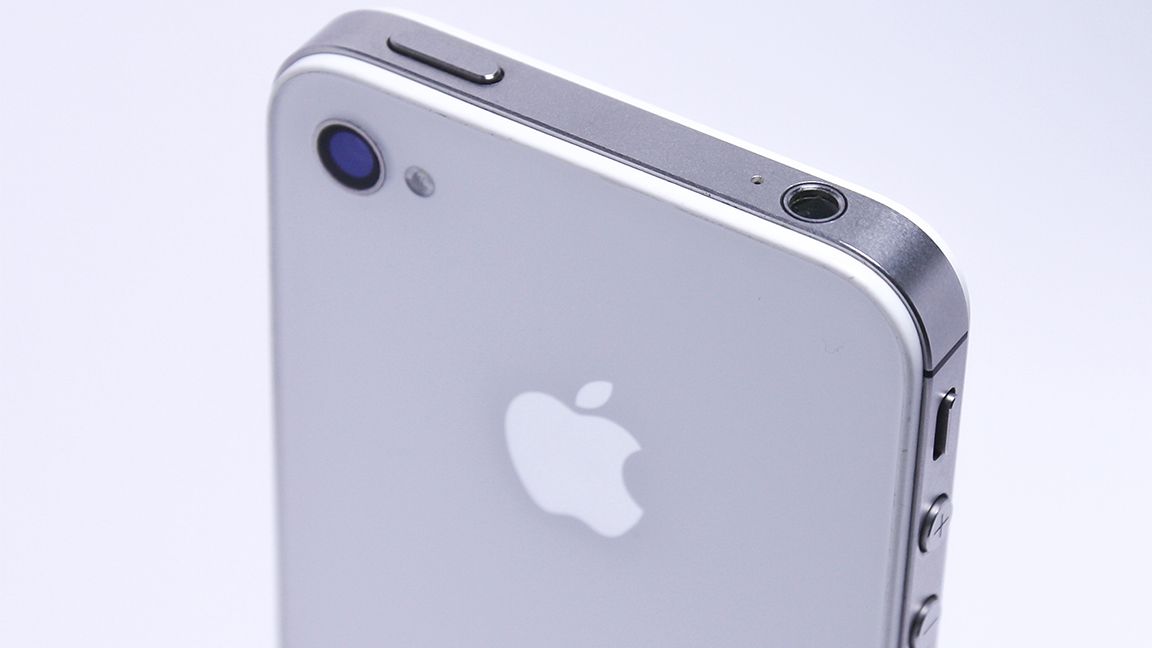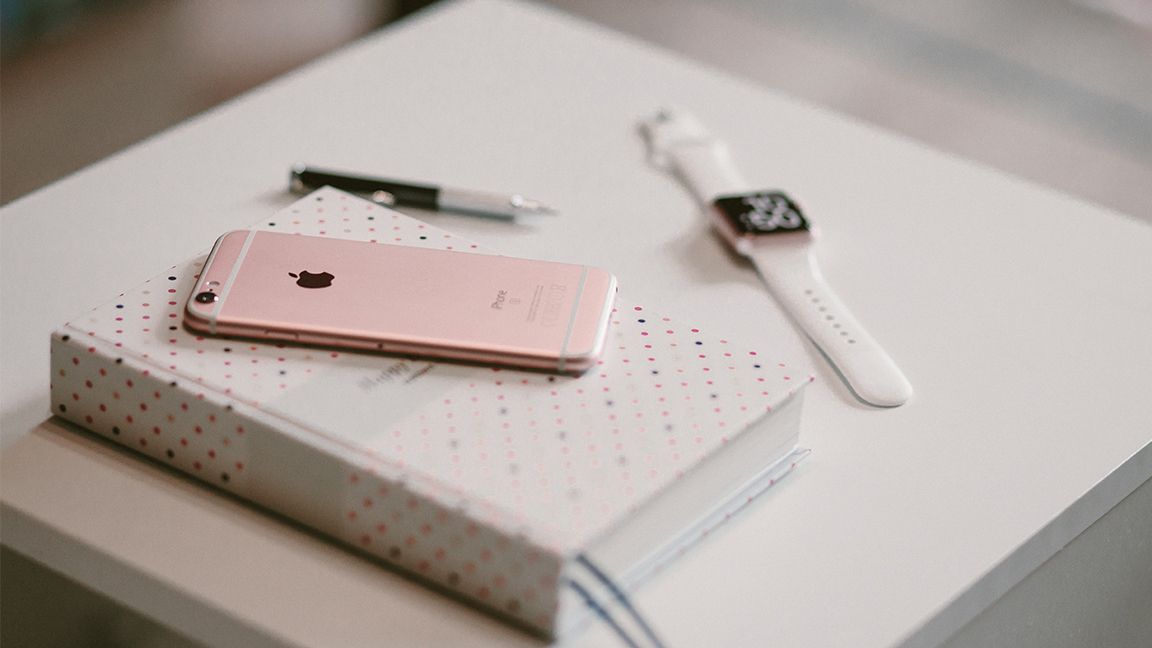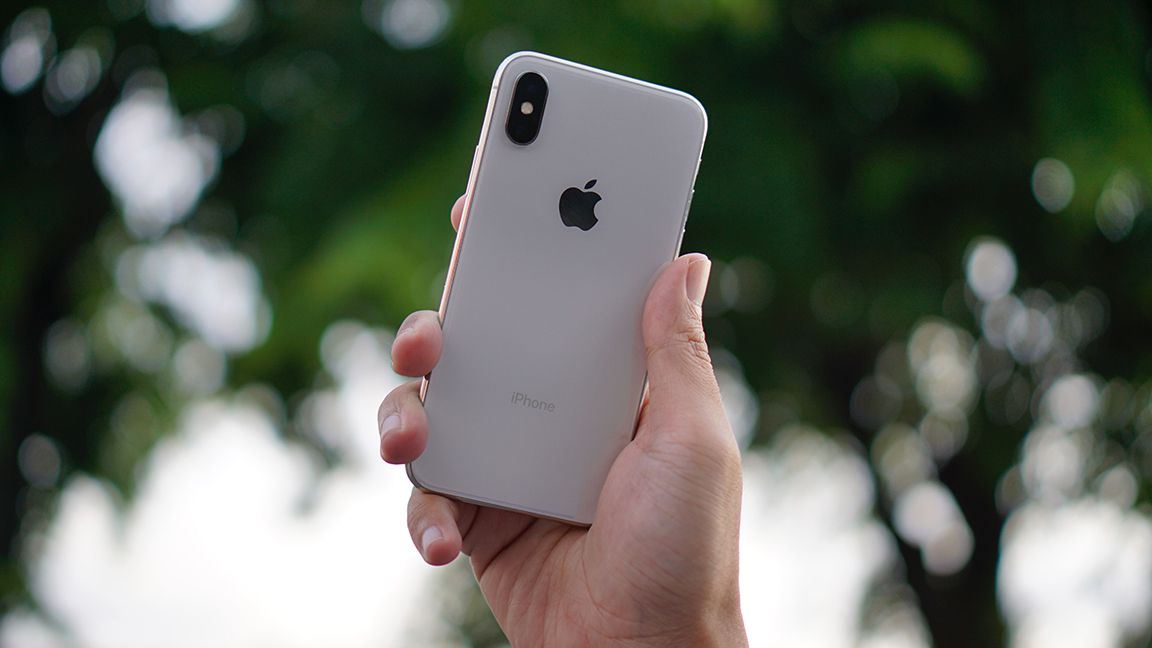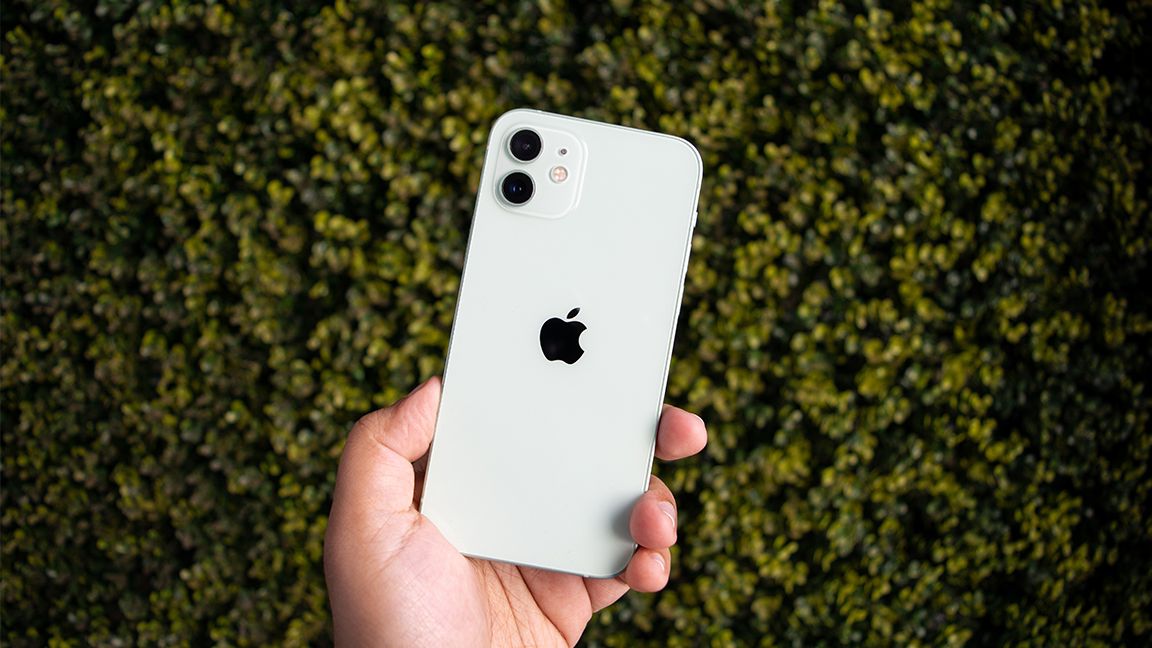When the iPhone launched all the way back in 2007, few people could have imagined just how big an impact it would have on the world. Every year since then, we’ve gotten a new iPhone with new features and capabilities. But some years are better than others.
While every new iPhone improves on the formula, some have been giant leaps forward in design, technology, or both. These were the six most important iPhones of all time.
6. iPhone: The Original iPhone (2007)
The original iPhone really created the blueprint for the smartphones of today. The iPhone was not only a revolutionary piece of technology, but it was profoundly easy to use. Unlike the PDAs and “smart” devices that came before it, the iPhone was operated with just your fingertip. In the words of Steve Jobs, “Who wants a stylus?”
Not only was using the iPhone intuitive, but it had incredible power for a mobile device of its time. In the early 2000s, there were tons of cellphones that could access mobile data, but most of them couldn’t get on the real web. Those early mobile devices weren’t good for much more than downloading a few overpriced ringtones. The iPhone on the other hand could give you a desktop-class internet experience, a revolutionary idea at the time.
So many of the features and design elements that we take for granted on modern smartphones might not have existed without the original iPhone. Without the original iPhone there would be no iPhone Pro, iPhone SE, or any modern iPhone at all. There’s no denying the impact of the iPhone that started it all.
5. iPhone 3G: The First 3G iPhone (2008)
If the original iPhone was a concept car, the iPhone 3G was the car you actually got to drive. The original iPhone could get you online, but unless you were hooked up to Wi-Fi, you were stuck with 2G speeds. These days, being throttled to 3G data speeds can almost make you cringe, but back in 2008, 3G was fast, really fast. Because it could access the 3G data network, the iPhone 3G could get speeds up to 3 MBPS, that’s 30 times faster than the 0.1 MBPS speeds on the original iPhone.
3G speed on the iPhone 3G made the smartphone as we know it possible. While 2G on the original iPhone worked for sending SMS messages and viewing web pages, when it came to downloading apps or watching videos, it left much to be desired. With the iPhone 3G, getting online with mobile data didn’t have to be a compromise anymore.
And Apple gave you a lot to do with that new data speed. iOS 2.0 brought us the App Store, which let users download third-party apps, one of the things that makes a smartphone a smartphone. The iPhone 3G was when we really started becoming connected anywhere and anytime.
4. iPhone 4: The First Beautiful iPhone (2010)
The iPhone 4 took the idea of the iPhone and made it beautiful. Although the iPhones that came before it were impressive pieces of tech, they looked very…early 2000s. The iPhone 4 introduced us to Apple’s now-famous flat and minimal design language. Its body featured an aluminum bumper sandwiched by glass on both sides. It was a huge step up from previous iPhones, and many still herald it as the best looking iPhone ever.
Apple paired that impressive new design with the first-ever retina screen on an iPhone. Packing more pixels than ever into the iPhone 4’s 3.5-inch screen kept the device ultra-portable, while also making it a pleasure to use. Whether you were sending messages, playing games, or watching movies, the iPhone 4 just looked better. It was a lot of people’s first introduction to the iPhone, and many still haven’t looked back.
3. iPhone 6s: The iPhone That Lasted Forever (2015)
Just a year before the 6s, Apple had unveiled the iPhone 6, which finally grew the iPhone to a more modern smartphone size. But the iPhone 6s managed to pack some amazing horsepower into that larger body.
While one of the iPhone’s biggest selling points has always been its camera, the iPhone 6s took that idea to the next level. The iPhone 6s was the first iPhone that could shoot 4K video, giving users more tools than ever to unleash their creativity. Apple also tweaked the body of the iPhone 6s, using a stronger Series 7000 aluminum to help end the “Bendgate” that plagued the iPhone 6 series the year before.
Although the iPhone 6s shipped with iOS 9 installed, it kept getting software updates all the way up to 2021, with iOS 15. And while running iOS 15 on a seven-year-old phone isn’t always the smoothest experience, the fact that it’s possible at all is impressive. The iPhone 6s proved that although iPhones aren’t cheap, they can last for the long haul.
2. iPhone X: The iPhone Reinvented (2017)
The iPhone X was a true paradigm shift in design for Apple. The iPhone X finally shrank down the huge chin and forehead of older iPhones and brought us an almost bezel-less design. But making that change also meant rethinking how we would use an iPhone without a physical Home button. Apple’s solution was simple: just swipe up. It was a perfect example of less-is-more design language.
The iPhone X was also the first iPhone with Face ID, which lets you unlock your iPhone or apps using your face, and it packed an OLED screen to boot. It set the basis for the design that’s still seen on the iPhone 13 series. The iPhone X also set a new standard when it comes to price. When it debuted, it made headlines as the first $1,000 iPhone.
These days there are multiple flagship phones that’ll run you $2000 or more. Whether you’ve got deep pockets or you think smartphone prices have gotten outrageous, you can’t deny the impact of the iPhone X.
1. iPhone 12: The First 5G iPhone (2020)
When it comes to 5G, Apple was a bit late to the party. The first 5G phones were released in 2019, but the iPhone 12 series didn’t hit store shelves until late 2020. That being said, when the iPhone 12 did finally land, it did in a big way.
When the iPhone 12 finally launched, 5G was already making a huge impact on the world and was well established in most countries. This allowed many users to take advantage of the new speeds right out of the box. Those higher speeds brought a host of new capabilities to the iPhone, like cloud gaming. The iPhone 12 also brought MagSafe to the iPhone, allowing many users to ditch traditional charging cables once and for all.
The iPhone 12 showed us what a next-generation iPhone could do.
What’s Next for the iPhone?
Since the original iPhone released, every iteration has brought an advancement in design, speed, or both. The iPhone transformed smartphones from science fiction to everyday essentials.
That being said, competition has become fiercer than ever, and we’ve seen new technology like folding phones already make a big splash in the market. So, what will the next iPhone bring to the table?

